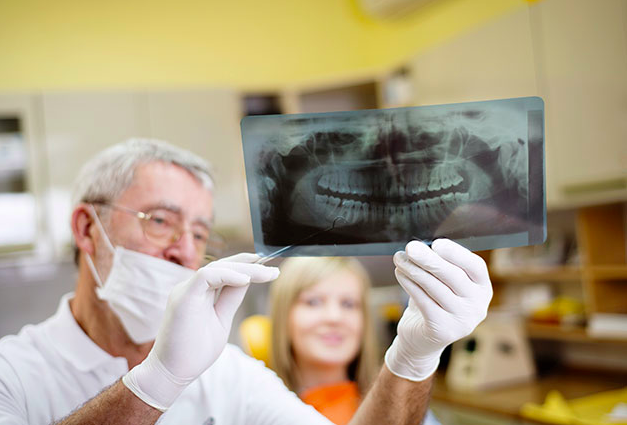
“Close to 48,250 Americans will be diagnosed with oral or pharyngeal cancer this year. It will cause over 9,575 deaths, killing roughly 1 person per hour, 24 hours per day. Of those 48,250 newly diagnosed individuals, only slightly more than half will be alive in 5 years.”
Those are sobering statistics from The Oral Cancer Foundation. Worldwide, the numbers increase dramatically, with nearly half a million new cases of oral or pharyngeal cancer being diagnosed each year.
But perhaps the most shocking aspect of this particularly deadly cancer’s prevalence and mortality rate is summed up in this additional comment from the same report:
“Historically the death rate associated with this cancer is particularly high not because it is hard to discover or diagnose, but due to the cancer being routinely discovered late in its development.”
If more of the people who are diagnosed every year with oral cancer could have been diagnosed earlier, perhaps by months or even years, far less of the cases may be fatal. Oral and pharyngeal cancer are both stated to be treatable and generally respond well to standard treatment modalities. But only if they’re caught early enough.
Why oral cancer goes undiagnosed
Unlike other common types of cancer, oral cancer will not always present clear, noticeable symptoms a patient is likely to recognize as abnormal. For example, the following symptoms are common, but may not raise immediate red flags:
- Change in voice.
- Loose teeth or dentures that no longer fit well.
- Trouble chewing or swallowing or moving the tongue or jaw.
- Swelling of jaw.
- Sore throat or feeling that something is caught in the throat.
In some cases, symptoms are more noticeable and pronounced:
- A sore on the lip or in the mouth that does not heal.
- A lump or thickening on the lips or gums or in the mouth.
- A white or red patch on the gums, tongue, or lining of the mouth.
- Bleeding, pain, or numbness in the lip or mouth.
Even with these more noticeable symptoms presenting, however, most patients are not familiar enough with oral cancer to recognize the difference between a simple canker sore or denture-related irritation and a painful patch of cancerous cells in their mouth. The fact that it can be difficult to see clearly inside our own mouths makes the situation worse. As you learn the signs, also review these 5 things you should know about preventing gum disease.
Why early detection of oral cancer is so important
"If more of the people who are diagnosed every year with oral cancer could have been diagnosed earlier, perhaps by months or even years, far less of the cases may be fatal."
Because of its location in a part of the body that quickly and readily connects to many other vulnerable systems, oral and pharyngeal cancer may metastasize (grow and spread to other areas of the body).
It usually forms in the thin cells making up the inner surface of the lips, cheeks, tongue, or floor of the mouth. In rarer cases, cancer may be localized to the salivary glands or gum tissue.
However, without early detection, diagnosis, and treatment, oral cancer can quickly spread to secondary locations near the mouth, including the thyroid, esophagus, and lungs. And while cancer in these areas is also treatable, it becomes much more complex and the prognosis is less favorable the farther it spreads.
How to ensure early detection of oral cancer

While it can’t be guaranteed, the simple act of having a professional inspect your mouth routinely offers the very best opportunity to diagnose oral cancer at an early stage and successfully treat it before it metastasizes.
The simplest and most effective way to do that is to visit your dentist every six months.
Dentists and dental hygienists are acutely aware of both the visible and non-visible symptoms of oral cancer and will immediately investigate even the slightest sign of cancer that presents during a routine examination. Even if no obvious signs are visible, they can investigate any claims of unexplained pain, numbness, bleeding, or irritation, so it’s vital to talk to your dentist during each visit and notify them of anything outside the ordinary.
Unfortunately, there’s no way to guarantee prevention of oral and pharyngeal cancer. Historically, just over 1% of the population will be diagnosed during their lifetime, most after age 62. While smoking, chewing tobacco, and heavy drinking increase one’s risk of developing oral cancer, even those who have tried to maintain a healthy lifestyle can be affected.
However, ensuring early detection and a far more positive prognosis is within your control. Be sure to take care of your mouth, stay aware of any changes - no matter how small - and see your dentist at least once every six months to stay safe.
If it’s time for your next dental checkup, you are looking for ways to afford dental care on a budget, find out how you can save on dental care 20%-50% with a discount dental plan.

